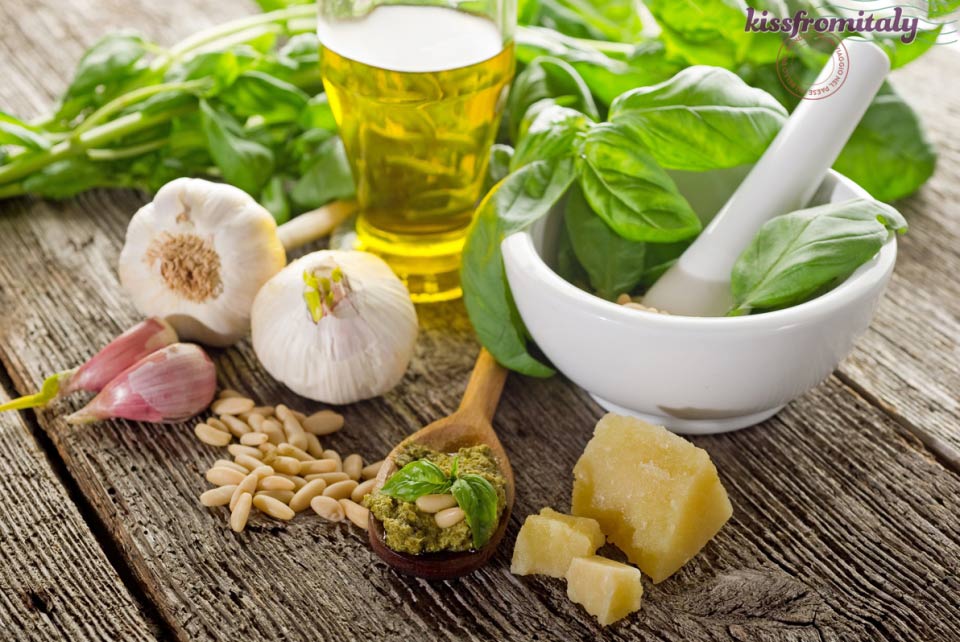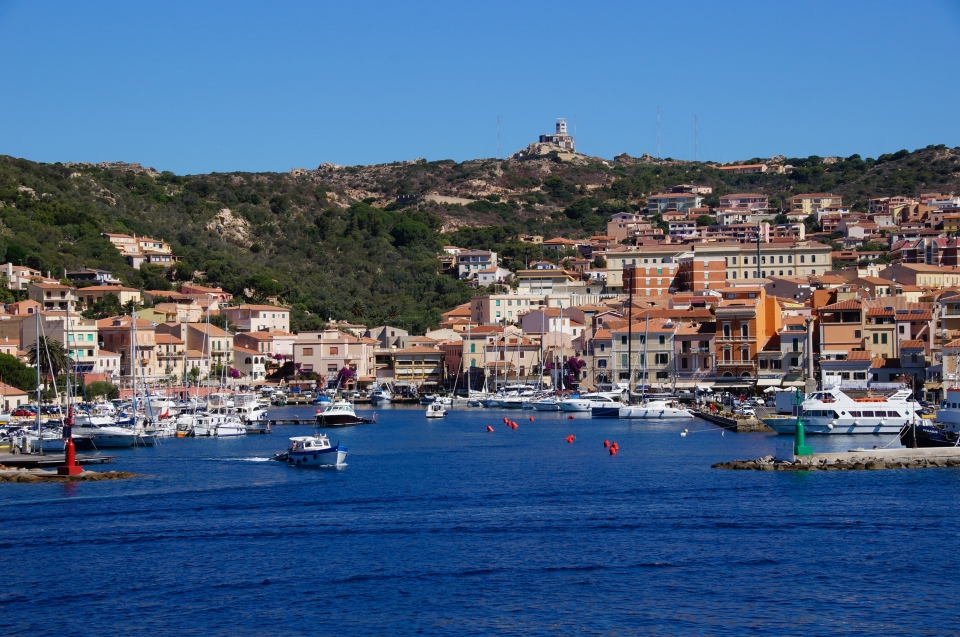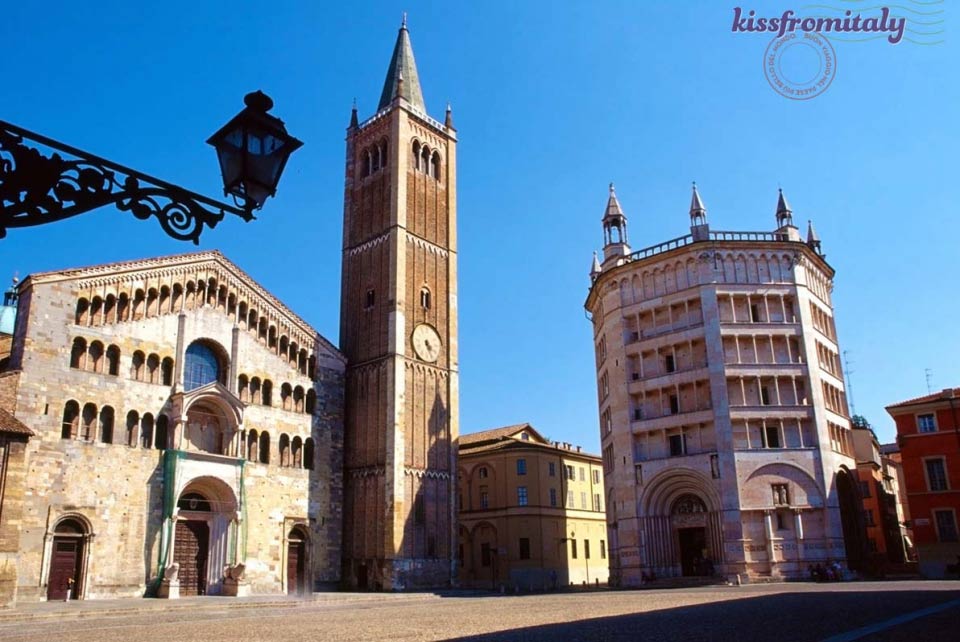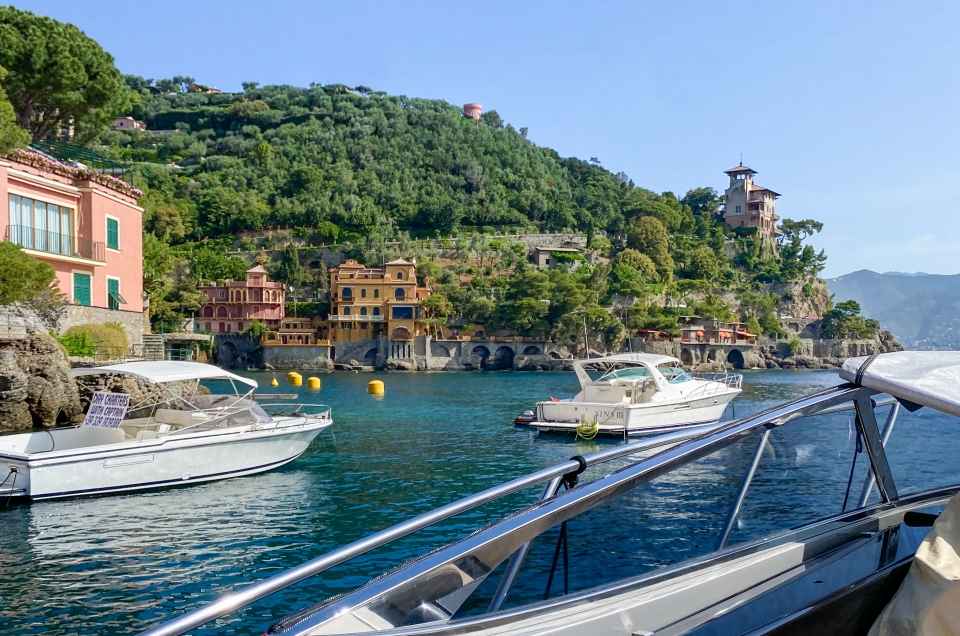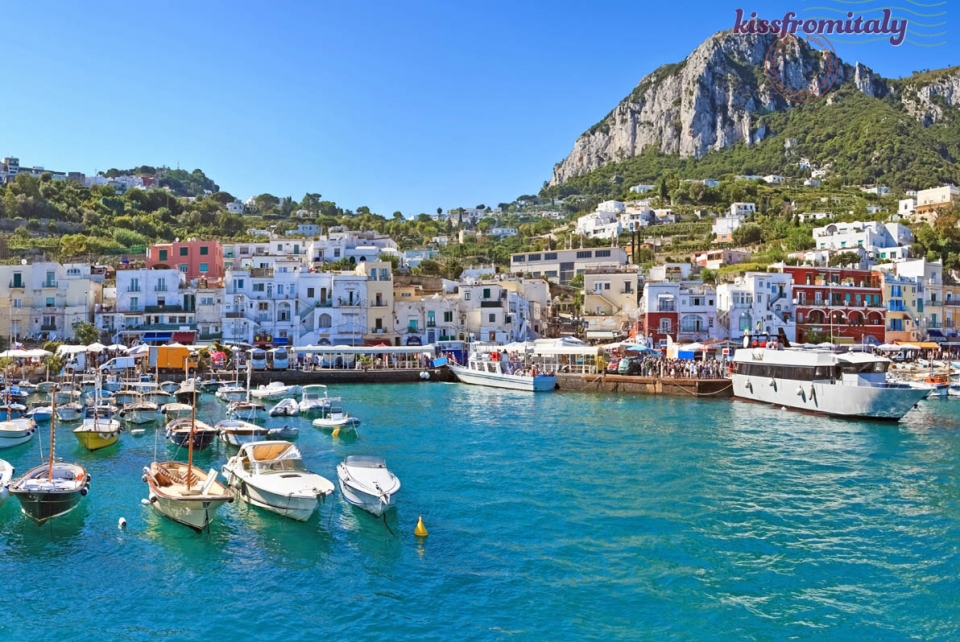
From Pesto to Pansoti and Focaccia, learn about the best food of Liguria
They say geography is destiny. That a fate of a civilization rests on things like rivers for transport, mountains for defense, and soil and climate for agriculture. In an ancient country like Italy, many examples come to mind: Venice’s port allowed it to flourish commercially during its Golden Age, Siena’s placement on the pilgrimage route Via Francigena helped develop its banking system and the Ancient Romans imported foreign goods to Rome via the Tiber River.
But, let’s face it- it’s impossible to examine this phenomenon without referencing one of the country’s most obvious passions: food. Without Tuscany’s rolling hills, we could not enjoy a deep Brunello wine. Lemon trees thrive along Sorrento’s rocky coast, yielding the zesty liquor, Limoncello, and the large grazing plains of Emilia Romagna feed the source of its famous meat production. One of the most delectable and surprising gastronomic traditions hails from the Northern, sea-hugging region of Liguria. As expected, this coastal crescent shaped zone specializes in mouth-watering seafood; however, its rich soil and forested mountains yield a hearty, rustic cuisine that exudes the flavors of the country. Here are our favorite choices to taste if you’re ready to explore beyond seafood!
Gallery
Pesto genovese: the essential
Pesto is Liguria’s most beloved culinary tradition. Since the region lacks vast fields, products home to the mountainous coast play an essential role in this recipe. The forested mountains are full of pine nuts, a small and often costly treat that is finely ground together with other herbs. In fact, this wet region is particularly ideal for growing basil, as well as aromatic garlic. These ingredients - pine nuts, basil and garlic - are crushed together with the cheeses Parmigiano Reggiano and Fiore Sardo. Finally, Ligurian olive oil is added to this mix to make a delicious paste to coat pastas and bread. Note that Ligurian olives, in particular Taggiasca Olives, create a rather light and delicate extra virgin olive oil. Pesto is normally served with certain noodles like trofie, short, twisted noodles, or with trenette, narrow linguine-like pasta.
Ligurian pastas : delicious local takes on traditional recipes
Liguria’s pansòti are the region’s take on ravioli. Similar to ravioli, pasta is stuffed with ricotta. However, this cheese is flavored with a special local spiced mixture called preboggion. Although preboggion may vary from town to town, several local herbs are almost always included. The Ligurian herbs borage, chicory and chervil are combined with lettuce and arugula. Once cooked, the pansòti are covered in a nut sauce that reflects the rustic taste of the area’s mountains.
Another Ligurian treat are the large crepe-like pastas called testaroli. Some legends claim that this pasta stretches back to Roman times. Although we can’t verify the truth of the Testaroli’s origins, we do know that it has been a part of the Ligurian diet for centuries. When you buy testaroli, the form is a large, flattened circle. This pancake is then cut into small sections and dressed with a local pesto sauce. Add a sprinkling of Parmigiano Reggiano cheese, and you’re ready to enjoy this age-old dish!
Street food: Focaccia and Farinata
Tourist winding through seaside Ligurian towns will have a hard time avoiding the lovely scent of Focaccia baking in nearby piping ovens. This local carb is a street food, so you won’t need to be in a restaurant to taste this specialty. Authentic focaccia resembles flattened bread and can be served vuoto, plain, or farcite, topped with local spices, onions, pesto or meats.
Another staple throughout the region is another street food, farinata. This bread-like favorite is made with chickpea flour, water, olive oil and salt. There’s no better way to cook farinata than in a wood-burning oven, like a pizza. The secret is to serve this dish while its still burning hot! Enjoy this delight alone, or smothered in stracchino cheese or onions.




